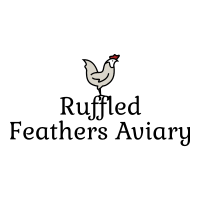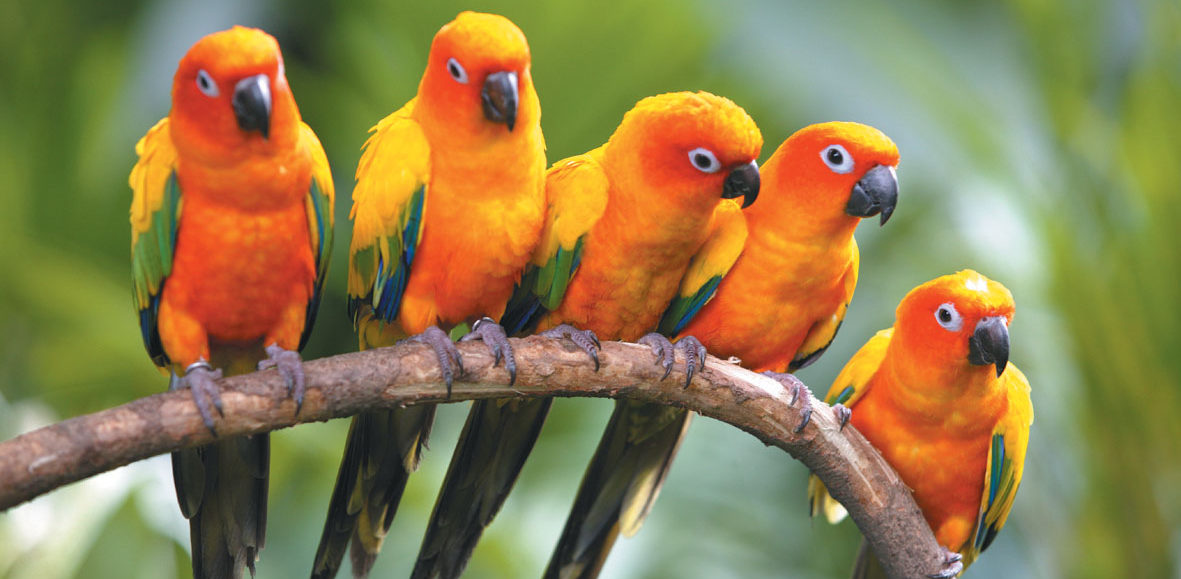
Ara Nobilis
Commonly called the Hahn’s Macaw or the Red Shouldered Macaw
Length: 30cm (12-13 inches)
Origin: Guyana, Surinam, French Guiana, eastern Venezuela
and Brazil north of the Amazon in the states of Roraima and Para
Lifespan: 25-40 years or more
Because it is the smallest of all the macaws, the Hahn’s Macaw is a lot easier to care for than most of the other birds in it’s family because of its much smaller size. Because of its gorgeous coloration, the Hahn’s Macaw is sometimes called the Red Shouldered Macaw. They are also known as the Hahn’s Miniature Macaw due to their small size. It grows to about 13 inches in length and has green plumage with brilliant red under wing feathers. Hahn’s Macaw’s wingspan only comprises six and a half to seven inches. The foreground of Hahn’s Macaw’s crown is a gorgeous blue, as is the forehead. Hahn’s Macaw has a reddish brown iris and the black beak contrasts strikingly with the Macaw’s characteristic bald facial patch. The face is sprinkled with tiny black feathers, and Hahn’s Miniature Macaw has gray feet. The tail has olive- yellow feathers on its underside, as do the flight feathers.
With very high intelligence, the Hahn’s is easily trainable and very amusing, with an outgoing and funny personality. Though some of them can be noisy, most will vocalize once or twice a day like most parrots. Generally they are not considered to be very noisy and are a great alternative to the noisier large macaws for this reason. Though they are not known to be the best talkers there are exceptions to the rule and some talk profusely. Hahn’s Macaws quickly form attachments to their family and will amuse you for hours with their boisterous antics! Be sure to socialize them very well with all members of the family to prevent them from becoming one-person birds.
Housing requirements: Provide plenty of fresh water, toys, chew toys, and perches so your Hahn’s Macaw is absolutely comfortable. Give him plenty of wooden toys to chew on and destroy, such as branches from non-toxic trees. Bathing is a must or the feathering will soon appear dull and dry. We have found that in addition to a pelleted diet these birds seem to need a small amount of very good quality seed mix and nuts to supplement it, in addition to regular fresh fruits and vegetables.

